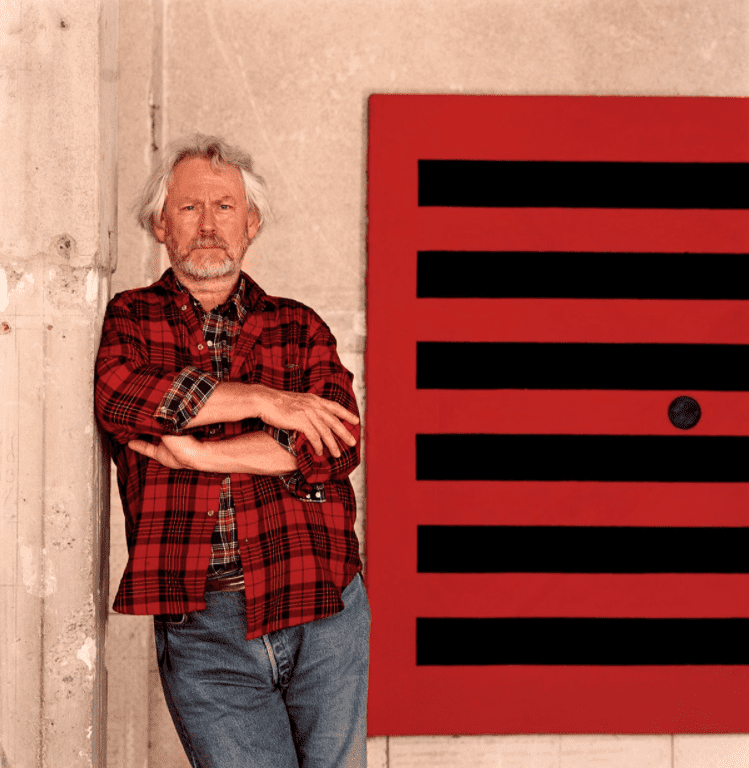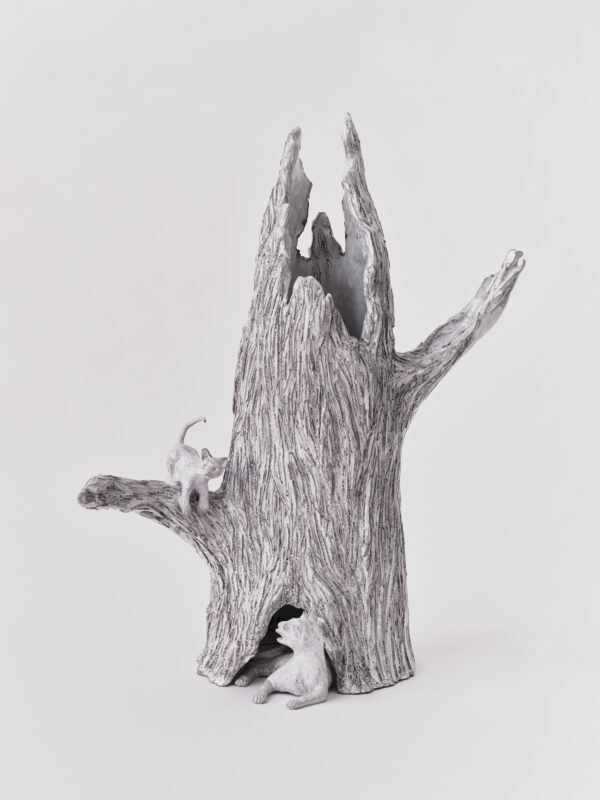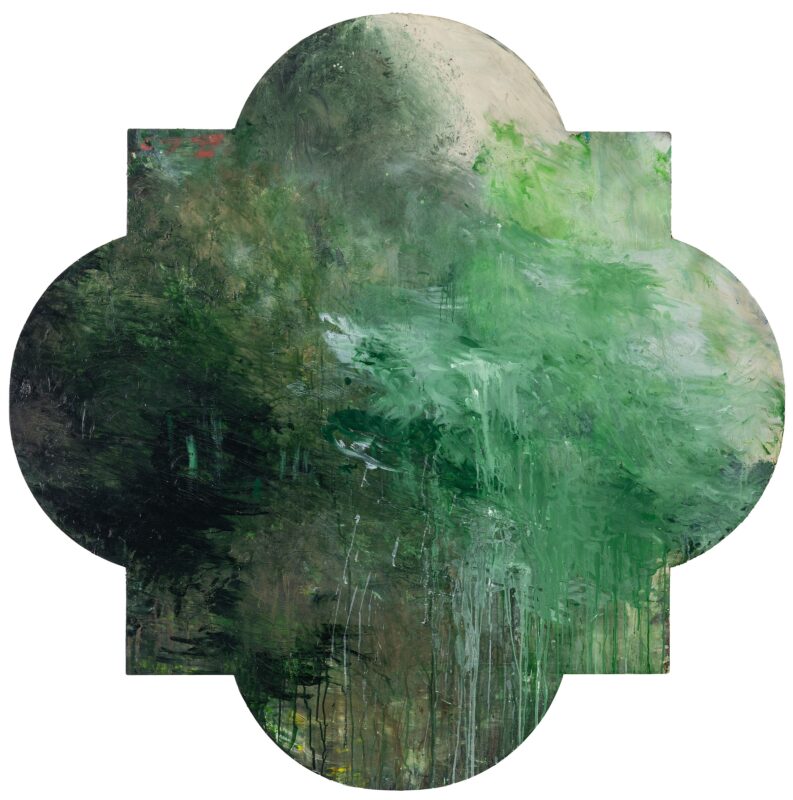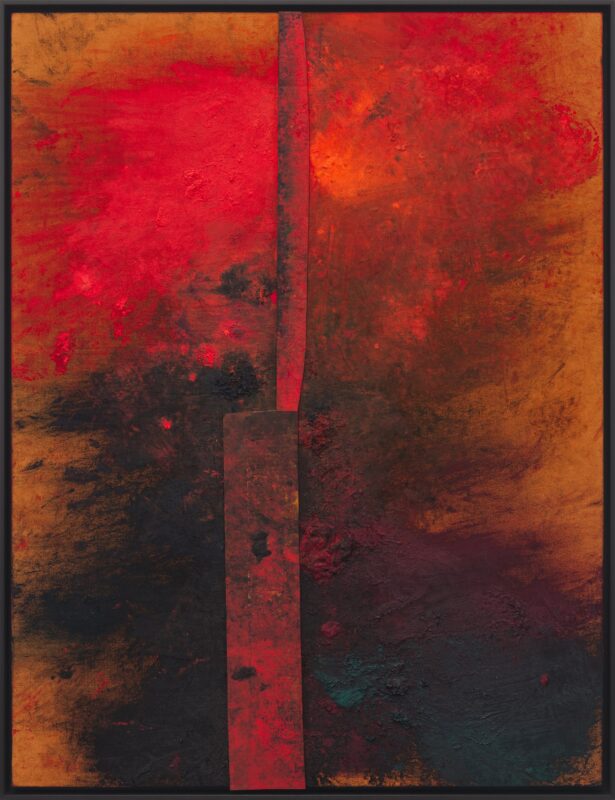It is impossible to consider the history of American art without Donald Judd. He played an essential role in the development of modernism and was as respected by his peers as he is revered by artists working today. We got to know each other in New York in the early 1980s and he was one of the first artists whose work I really admired. The use of color and proportion, together with a unique combination of rigor and elegance, was incredibly powerful and remains essential today. Being a partner in realizing his vision and presenting his work as he intended is a great honor for me and the gallery.
Larry Gagosian

Gagosian is pleased to announce the representation of the work of Donald Judd and Judd Foundation. The partnership underscores the gallery’s more than forty-year commitment to critical artists of the twentieth and twenty-first centuries.
Donald Judd (1928–1994) produced visual and written work that shifted the course of modern art. Starting out as a painter in the 1950s, he began making three-dimensional works in the early 1960s, aiming to make objects that were free of the illusionism associated with painting. The aluminum, plexiglass, and plywood objects utilized the neutrality of their industrial mediums, and Judd’s production methods emphasized schematic variation and spatial definition through form. His interdisciplinary focus included architecture as well as furniture, and he was a prolific critic and essayist whose writing clarified his own artistic intentions as well as insightfully reflected on the work of his contemporaries.
From March 12 to September 4, 2020, in association with Judd Foundation, Gagosian presented Judd’s untitled, 1980, at the 21st Street gallery in New York. The large-scale unpainted plywood work had not been shown in New York since it was originally exhibited at Castelli Gallery in 1981; the expansive dimensions of the Gagosian space made it an ideal site for the eighty-foot-wide installation. The exhibition, Artwork: 1980, coincided with a retrospective of Judd’s work at the Museum of Modern Art, New York. An exhibition catalogue has recently been published by Gagosian. It includes a foreword by Flavin Judd and new essays by Martha Buskirk and Rudi Fuchs, alongside extensive photography of the artwork, schematic drawings from the 2020 installation, and historical interviews.
About the Artist
Donald Judd was born in 1928 in Excelsior Springs, Missouri, and died in 1994 in New York. Collections include the Museum of Modern Art, New York; Solomon R. Guggenheim Museum, New York; National Gallery of Art, Washington, DC; San Francisco Museum of Modern Art; Tate, London; Museum Ludwig, Cologne, Germany; and Tokyo Metropolitan Art Museum. Exhibitions include the Whitney Museum of American Art, New York (1968 and 1988); Stedelijk Van Abbemuseum, Eindhoven, Netherlands (1970, traveled to Museum Folkwang, Essen, Germany; Kunstverein Hannover, Germany; and Whitechapel Art Gallery, London); National Gallery of Canada, Ottawa (1975); and Tate Modern, London (2004, traveled to Kunstsammlung Nordrhein-Westfalen, Düsseldorf, Germany; and Kunstmuseum Basel). Judd established Judd Foundation in 1977 to preserve his art, spaces, libraries, and archives in New York and in Marfa, Texas. He founded the Chinati Foundation/La Fundación Chinati in 1986 for the permanent installation of his and his contemporaries’ large-scale works. The Museum of Modern Art, New York, presented a major retrospective of Judd’s work from March 1, 2020, to January 9, 2021.







